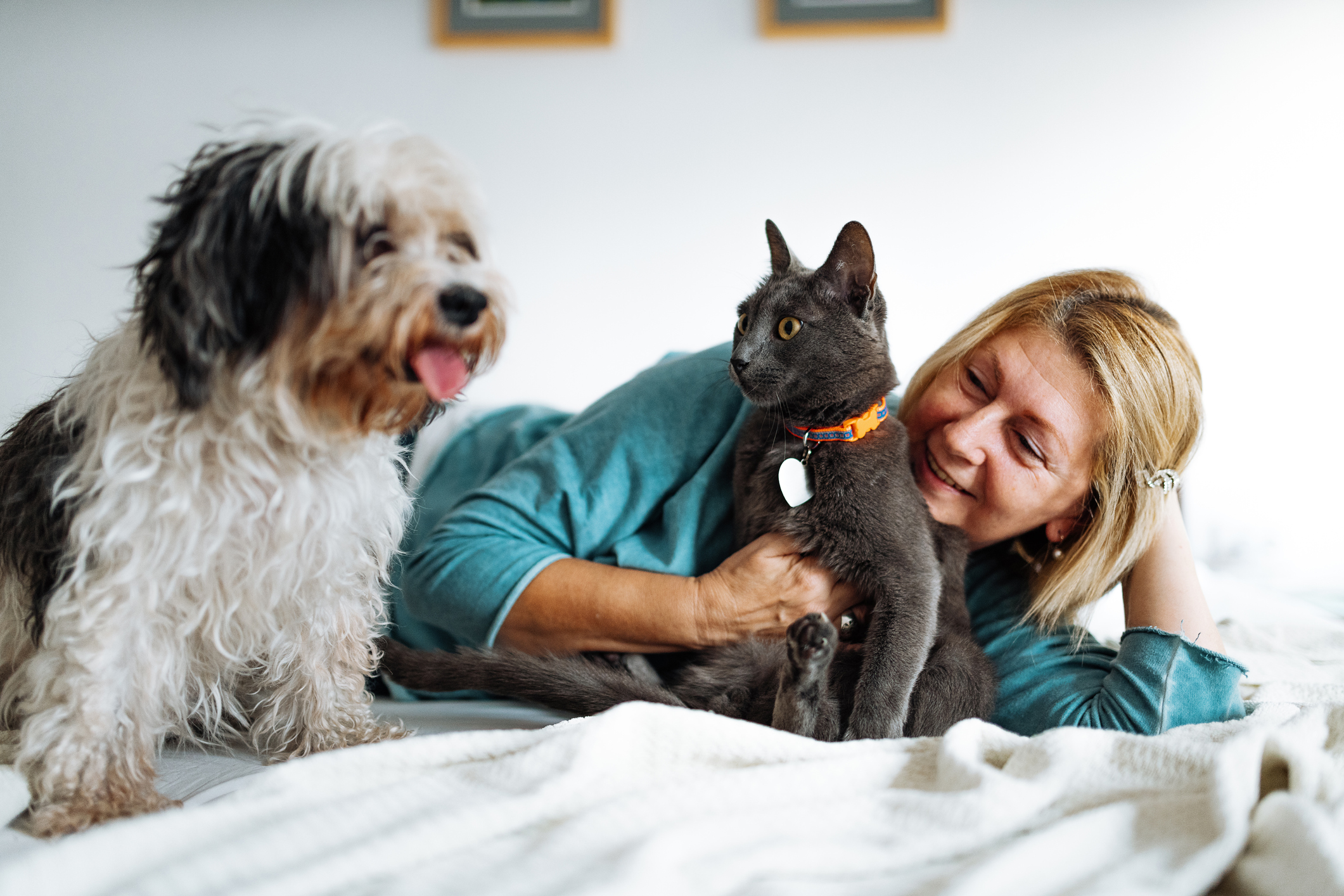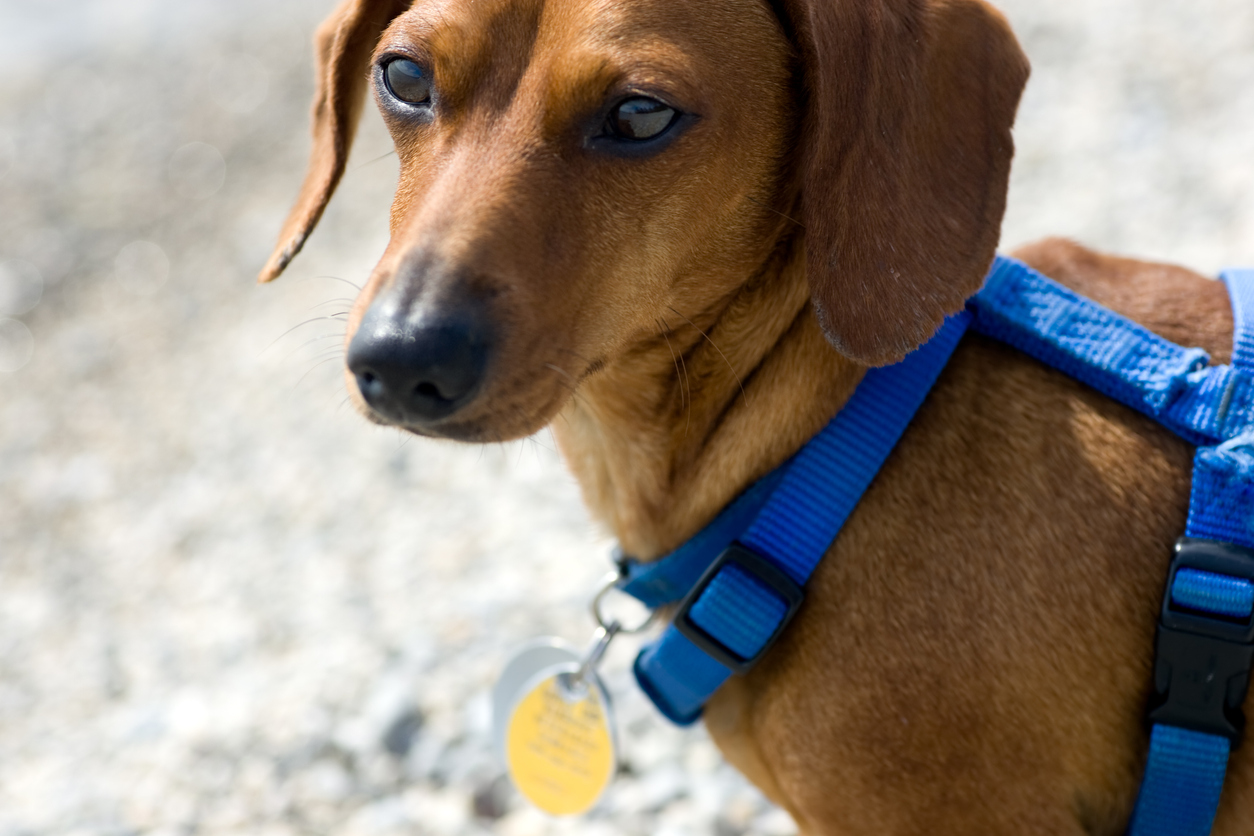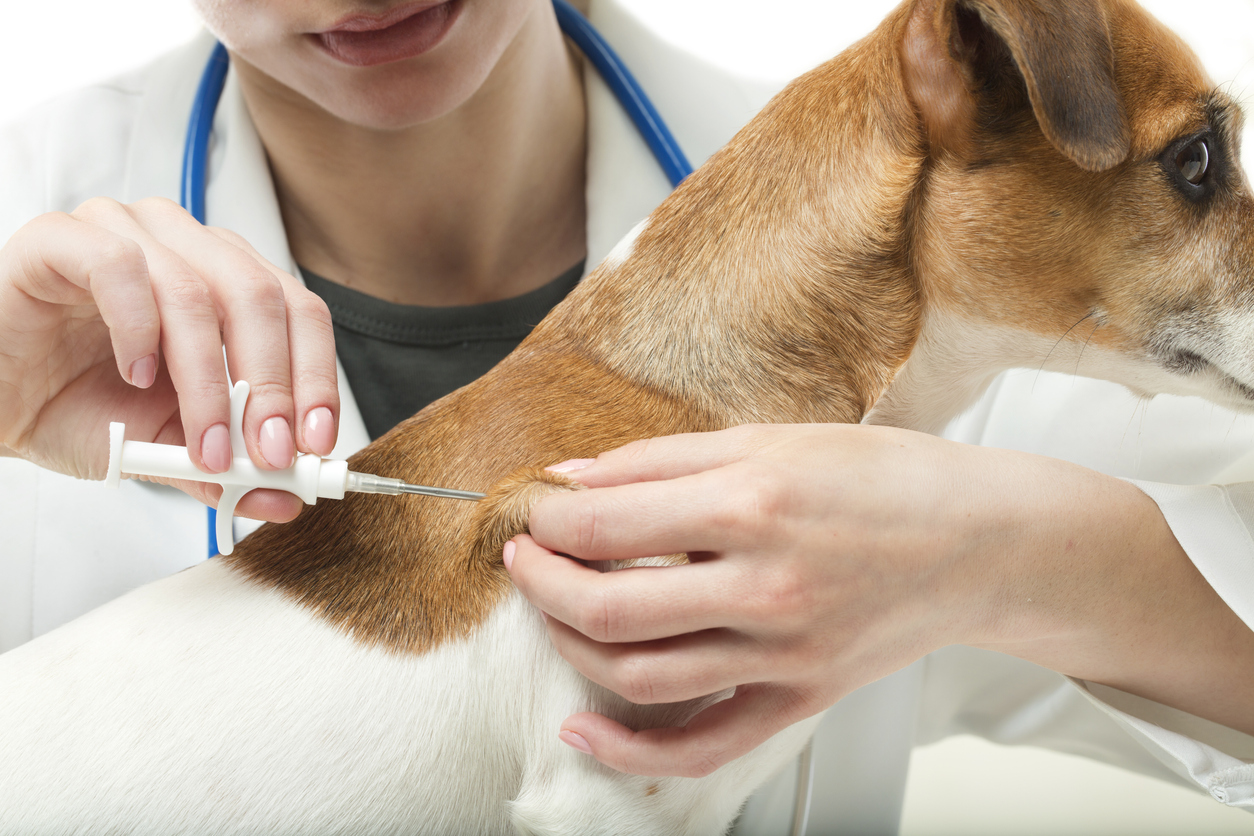These 3 Forms of ID for Pets Bring Lost Dogs & Cats Home
Doctor of Veterinary Medicine

While efforts are made to answer all questions as quickly as possible, if an immediate answer is required or if your pet is in need of urgent or emergency care, contact your pet's veterinarian immediately.
Doctor of Veterinary Medicine

You will receive an answer from Dr. Lindsay and our vet/tech team as soon as possible, usually the same day.
All answers are provided for informational or educational purposes only, and are intended to be a supplement to, and not a substitute for, the expertise and professional judgment of your pet's veterinarian.
It may be necessary to consult your pet's veterinarian regarding the applicability of any opinions or recommendations with respect to your pet's symptoms or medical condition.
CloseDoctor of Veterinary Medicine

An error has occurred, please reload the page and try again.
CloseDoctor of Veterinary Medicine

While efforts are made to answer all questions as quickly as possible, if an immediate answer is required or if your pet is in need of urgent or emergency care, contact your pet's veterinarian immediately.
There is no answer related to your question

If your dog or cat ever got lost, would a finder know how to help them get home? Lost pets can travel as many as ten miles each day, far from anyone who might recognize them. By making sure your pet has multiple forms of identification, you can greatly increase their chances of being reunited with your family if they ever got lost or stolen.
In honor of ID Your Pet Day on July 1, make sure your dog or cat is protected against loss and theft with these three forms of pet identification.
3 Essential Forms of ID for Dogs and Cats
1. Your Pet’s Collar Tag

To prevent neck injury in dogs, especially small breeds prone to tracheal collapse, use a harness to attach their leash. Only use their collar to hold ID tags.
A collar tag can instantly tell a finder how to contact you so you can recover your pet.
Your pet’s collar tag should have your phone number, your home address, and, if applicable, about their special diet or medical needs.
Only include essential contact information, and omit your pet’s name and any cute taglines or unnecessary details. That way, your contact information is bright and clear and more likely to be visible even if your pet does not allow strangers to approach to take a close look at their tag.
Keep in mind that your pet’s collar tag can only help them get home if they’re actually wearing it. Look for a lightweight, water-resistant collar that’s easy to clean and comfortable enough for long-term wear. You can use tag silencers or slide-on plates to eliminate nuisances like snagging or jingling.
2. Your Pet’s Microchip.

Having a microchip more than doubles your pet’s chances of being recovered if they’re ever lost or stolen.
A microchip is a tiny electronic chip that’s smaller than a grain of rice. It’s inserted into your pet’s skin at the nape of their neck with a quick, simple process that’s similar to an injection.
Microchips are virtually painless to install and do not need to be charged or connected to power. When scanned, the microchip brings up your pet’s registration number, which is linked to your contact information in a database.
Have your pet microchipped if they do not already have one. Make sure your pet’s registration number is linked to up-to-date contact information by searching for it through an online database.
You can ask your veterinarian to scan your pet’s microchip if you do not know their registration number. Having your pet’s microchip scanned regularly ensures that it’s still in place in the rare event that it may have shifted and needs to be replaced.
3. High Quality Identification Photos

Snap a selfie with your pet - you never know, it might just save their life.
Like any loving pet parent, you probably have tons of photos of your pet in your phone’s camera roll. But how often do you take clear shots that include identifying marks and show your pet’s size and proportions? How often do you take “me and my pet” selfies that would prove that you are, in fact, your pet’s person?
Every so often, take photos that would be suitable for use in a “lost pet” social media post or on a poster. For puppies and kittens, take photos every few weeks. For older pets, take photos every six months or anytime their appearance changes.
Hopefully, you’ll never need to use those photos for a “lost pet” ad. Keeping your pet indoors, in fenced-in spaces, and on a leash are your first lines of defense against loss and theft. And in the event that your pet ever does go missing, proper ID will give them the best chances of being reunited with you and your family.
VISION
Every pet deserves to live a long, happy, healthy life.
 Swipe
Swipe


















